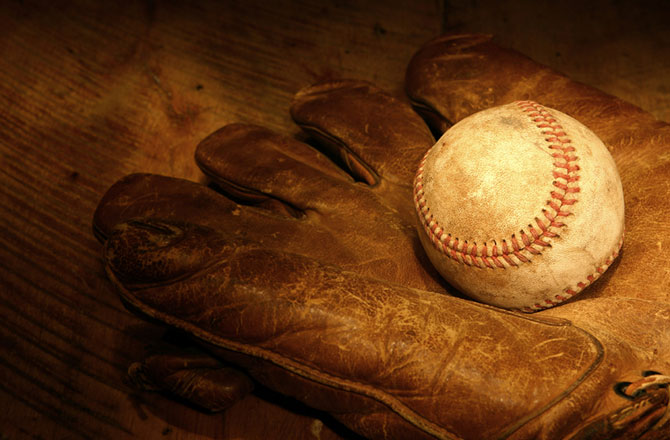I’ve been reading Edward Achorn’s 2013 book about the 1883 baseball season, The Summer of Beer and Whiskey: How Brewers, Barkeeps, Rowdies, Immigrants, and a Wild Pennant Fight Made Baseball America’s Game.
 One of the key things that Achorn focuses on is the idea that major league baseball was in serious trouble in the early 1880’s. After years of gambling and corruption scandals dating back to the 1870’s, public trust in the professional game was at a low point. The National League lacked the suitable vision to grow the game and seemed more concerned with respectability and principle than profit.
One of the key things that Achorn focuses on is the idea that major league baseball was in serious trouble in the early 1880’s. After years of gambling and corruption scandals dating back to the 1870’s, public trust in the professional game was at a low point. The National League lacked the suitable vision to grow the game and seemed more concerned with respectability and principle than profit.
This was a complete surprise to me. I had always assumed the National League was a dominating, powerful, and tremendously successful force from its inception in 1876.
But the truth is that by the early 1880’s, Major League Baseball was a dying fad. And surprisingly unpopular in cities like St. Louis, Cincinnati, Philadelphia, and New York. All four cities were founding members of the National League, yet by 1881 none of them had major league teams.
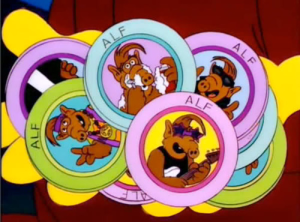
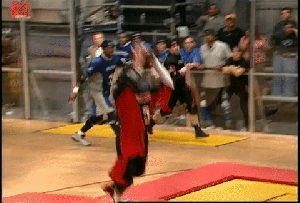
By 1882, the entire National League was in trouble.
Franchises in Troy, New York and Worcester, Massachusetts were too small to support a club and other cities like Cleveland, Detroit, Buffalo, and Providence would all lose their teams within the next few years. Essentially Boston and Chicago were the only two major baseball markets with any sort of stability.
Then something drastic happened. The American Association (A.A.) was formed in 1882.
The Association started out as an alternative to the National League. They only charged 25 cents a ticket (vs. the 50-cent admission to see National League games), allowed booze to flow freely at games, and appealed to regular people rather than the upper crust.
The A.A. put clubs in cities neglected by the N.L. The American Association is where legendary franchises like the Cincinnati Reds, Pittsburgh Pirates, Los Angeles Dodgers, and St. Louis Cardinals all originated.
To put it in perspective, the National League was 80’s hair metal to the American Association’s Nirvana.
The A.A. also had the foresight to put teams in New York and Philadelphia. In response to this very real threat, the National League was forced to scramble to also get teams in Philadelphia (the Phillies) and New York (the Gothams).
The reason I bring is up is to explain the context of baseball in New York City in 1883. Both the New York Gothams in the N.L. and the New York Metropolitans in the A.A. were expansion teams. They were fighting for coverage and attention in a major market that had been without major league baseball since 1876.
And it wasn’t clear if either team would be successful because major league baseball wasn’t anywhere near being the popular and culturally embedded major sport the game is today.
So in May 1883 the new New York Gothams were like a newborn baby about to leave home on their first ever road trip.
I bring this up because while researching coverage of the Gothams first road trip in The New York Times I was surprised to find the paper simply printed the score of each road game. No notes, no box score, no comments on plays, no juicy stories.
If you wanted to follow the Gothams in 1883 and you were a New York Times guy, here is what you got:
- May 11 – Detroit 12, New York 1
- May 12 – Detroit 9, New York 5
- May 15 – Chicago 8, New York 7
- May 16 – Chicago 6, New York 2
- May 17 – Chicago 15, New York 2
Imagine The New York Times doing that level of coverage today and how that would go over with Yankees and Mets fans.
Thankfully at the time there were several national weekly papers like Sporting Life, the New York Clipper, and the National Police Gazette that provide in depth coverage of the major leagues, as well as complete box scores and stats.
As it turned out, Week 2 of the inaugural season of the New York Gothams was not a good one. They played five road games and lost all five, and four of those losses were blowouts.
After opening the season with a sweep of the Boston Beaneaters, they got swept in three straight by the cantankerous “Old Hoss” Radbourn and the Providence Grays.
The Gothams had now lost eight straight ballgames and things were not looking good.
The problem was pitching, or rather the lack of pitching.
“Smiling” Mickey Welch would eventually become a 300-game winner, but in 1883 he was a 23 year old pitcher whose numbers had gotten worse over the past three seasons. He lost three games in week two of the Gothams season by scores of 12-1, 8-7, and 15-2.
John Ward, the most interesting man in baseball, was former star pitcher with a dead arm, who was in the midst of recreating himself as a star shortstop. Ward lost his only start that week by a score of 9-5.
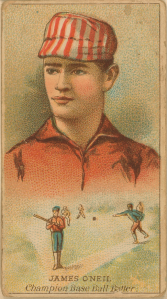
In 1883 O’Neill was a 25 year old rookie pitcher. In just a couple years would be the best hitter in baseball, but for now he was just a wild righthander from Canada looking to make it in the major leagues.
By the rules of the game in 1883 it took eight balls for a walk (!) and yet somehow Tip O’Neill managed to average 3.9 walks per nine innings. And this was in an era where no one hit home runs.
Do the math: 3.9 walks per nine at eight balls per equals 7.8 walks per nine with four balls today.
To compare, in 2016 Pittsburgh Pirates’ pitcher Francisco Liriano’s 4.7 walks per nine innings led all MLB pitchers.
Sporting Life offered a nice summary of O’Neill’s limitations:
“O’Neill, the New York change pitcher, seems to have but one element of effectiveness in his delivery, viz.: fast and slow. This is a very weak reliance nowadays, as batsmen have only to note the speed of the ball and wait for a good one. O’Neill’s delivery is wild and erratic — hard work for the catcher and busy work for the field.”
I love how old-timey sportswriters could make a pitcher getting bombed sound classy: “Hard work for the catcher and busy work for the field.”
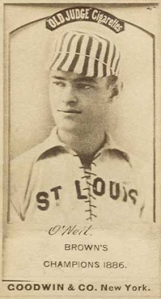
This would change his career and his life. As a hard hitting outfielder for the St. Louis Browns, he led the team to four straight pennants from 1885 to 1888.
If you’ve heard of Tip O’Neill at all, it probably for his Triple Crown Winning 1887 season. His slash line of .435/.490/.691 looks like video game numbers. He led the league in hits, doubles, triples, home runs, RBIs, runs, and total bases. He had an OPS+ of 213 and a led all position players with a 6.9 WAR in 124 games.
Although O’Neill would never be as good again, he did win another batting title in 1888 and continued to be a good hitter almost to the end of his career in 1892.
Tip O’Neill was Rick Ankiel, if Rick Ankiel hit like Barry Bonds for a couple years.
O’Neill retired at the end of the 1892 season at age 34 with a career .326 batting average and a 144 OPS+. He might have had a chance at the Hall of Fame with a longer career, but he started late at age 25 and retired early at age 34.
Up here in Canada, the Tip O’Neill award is given to the best Canadian baseball player each year. And Joey Votto wins it every year. In the 1880s, James “Tip” O’Neill was Canada’s favorite son and one of baseball’s most talented players.
Add The Sports Daily to your Google News Feed!
